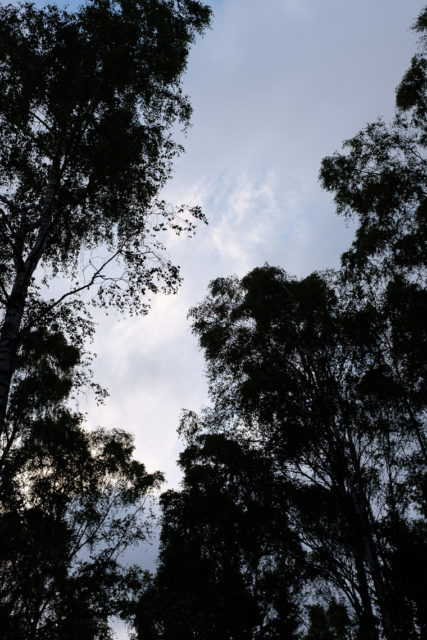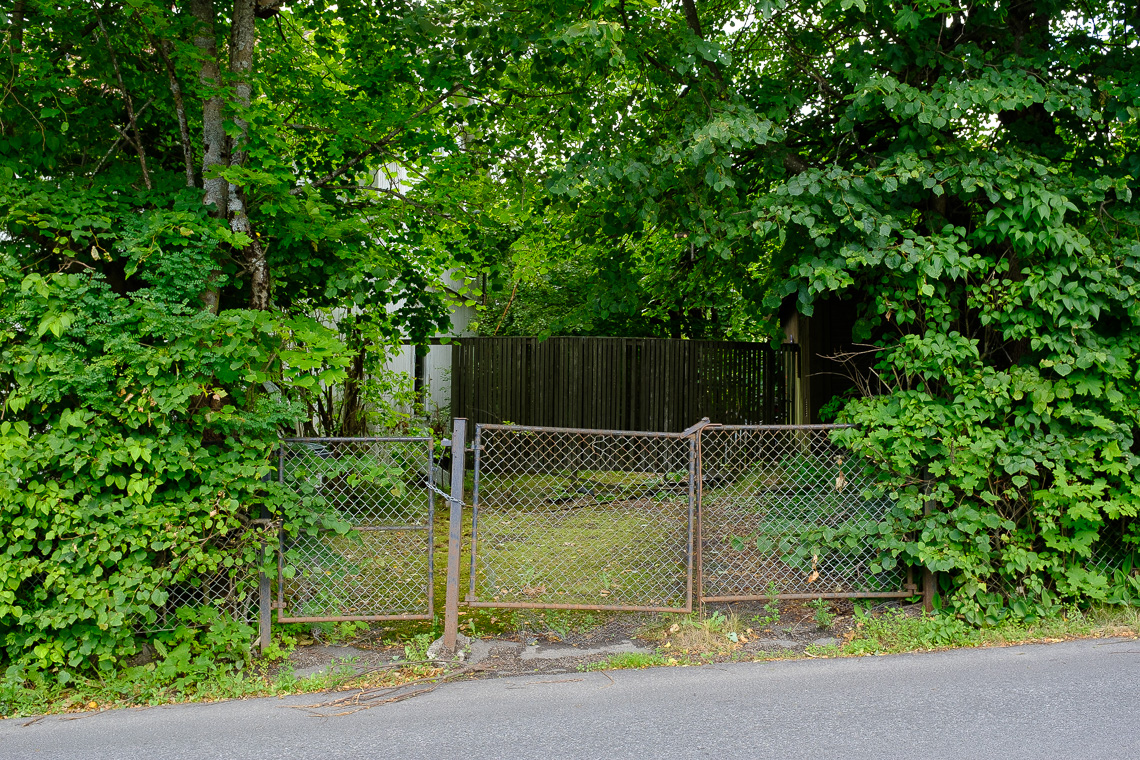Fujifilm X100F Review
The Fujifilm X100F is the fourth iteration of the X100-series, and is the best one in the series yet. I’ve previously reviewed the Fujifilm X100T a couple of times, and I’ve also owned and used the X100S for a while before that. I’m only gonna write a short review based on the changes that the upgrade from the X100T to the X100F brought with it.
The X100-series is a camera that I keep coming back to, but for some reason it never seems to stick around for long. The X100T is the one that I kept for the longest of all three cameras. I only kept the X100F for about two weeks before I returned it. Why? Well, as great as it is, it simply doesn’t connect with me. It’s not as engaging as a real rangefinder, and it just feels a little bit too easy to get great results with. The process of how I make my images are very important to me. The X100F feels a little bit like cheating.
The X100F is a very light-weight and compact camera that is easy to bring everywhere, all the time. It has a fixed 23mm f/2.0 lens (35mm f/2 in full-frame terms), which is a very versatile focal length that can be used to make landscape shots, portraits, street photography, travel shots, architecture, interior and group shots. It might not be the best suited focal length for all of these things, but it can do anything fairly well. The lens design is still the same lens design which was on the original X100. It’s a good lens, but nothing take will take your breath away. It needs to be stopped down to f/8 to get decent sharpness in the outer corners for landscape pictures, for example. But the center of the image is very sharp even at f/2.
This lens draws in a very classic and smooth way. It doesn’t have the sterile and modern look like many modern lens designs have these days. This is a good thing!

Sadly the lens does suffer from severe field curvature. I think the field curvature is what in many ways gives this lens it’s look. In full-frame terms, this lens should draw similar to how a 35mm f/3.2 lens would draw. The APS-C crop factor also affects the amount of depth of field we get, and naturally also how shallow of a depth of field we can get from a certain lens and aperture. But for some reason this Fujinon 23mm f/2 lens seems to produce images that look like they have a shallower depth of field than f/3.2 (in full-frame terms). I suspect that the field curvature is reason behind this, as the images from the X100F looks noticeably smoother and softer (the out-of-focus areas) than images made with a Fujinon 23mm f/2 WR lens on the X-T2 and X-Pro2, for example.
The field curvature is also probably the reason why you need to stop down to f/8 or even f/11 to get consistently sharp corners for landscape or brick-wall shots. Compared to the Fujinon 23mm f/1.4, the lens has significantly softer corners all the way up to f/11. And even at f/11 it can’t compete with the perfect flat-field focus that the 23/1.4 lens are able to pull off. So just be aware, there are significantly better landscape and architectural lenses out there than this Fujinon 23/2. But what those lenses don’t have is the character of the X100F lens. And boy does it have character, especially considering the equivalent focal length and depth-of-field limitations we are dealing with here. The only downside of this lens is the bump from 16 to 24 megapixel resolution, which makes the shortcomings of the lens more noticeable than before.
The X100F finally accepts the regular NP-W126 batteries of the Fuji X system cameras, which means you will get a lot more shots out of it compared to it’s previous versions. It also supports in-camera charging via USB, which is fantastic for anyone who uses a portable battery-pack (who doesn’t nowadays?). The body is a little bit chunkier and heavier than before, but it’s barely noticeable, and nothing to think about. The body still isn’t weather-sealed, which is a big disappointment for a bring-it-everywhere camera.
The X100F now has a direct ISO dial similar to the one on the X-Pro2. I’m not a big fan of this ISO dial, and would have preferred something else. I would actually rather prefer a quick-menu function to quickly change the ISO values of the camera. Don’t get me wrong, I love physical dials, and the ISO dial on the X-T1 and X-T2 are great. But the implementation on the X-Pro2 and X100F just makes the process of changing the ISO values much slower, which means it’ll be stuck on Auto-ISO for the most part. Not that it matters, maybe, as the Auto-ISO implementation on the X100F is as good as it gets. It has three separate presets which lets you set a threshold for minimum and maximum ISO, as well as a threshold for the lowest shutter-speed you are willing to accept. It doesn’t get better than this.
We finally don’t have to use the d-pad to select focus points any more. We now have a autofocus joystick that lets us quickly and easily select focus points in a much better way, just like on the X-T2 and X-Pro2. Hurrah! And the buttons on the camera has a layout similar to the other X-series cameras also, which makes it easier to use several different X-series cameras side-by-side. The power button is now noticeably more difficult to accidentally turn on or off. This is a really good thing, as the power button on the X100T and X100S was too easy to bump while placing the camera in a bag, leaving you with a drained battery when you actually wanted to use the camera!
The guts of the X100F is the same as the X-Pro2 and X-T2, more or less. The same 24 megapixel sensor with PDAF is used in the X100F, which gives wonderful results and files with great latitude for post-processing. The dynamic range of this sensor is great, and is a noticeable improvement over the X100T (and S, which had the same sensors). The same menu-system is also in place, and so is the widely sought-after Acros film-simulation mode that the X-Pro2 and X-T2 users has enjoyed for a while.
That pretty much wraps up the differences between the X100T and X100F. If anything, the F is a refinement and a small evolution to the X100T. Would I upgrade if I still had the X100T? Nope. Am I excited about the F? Not as much as I was excited for the S or T. Will I keep it? Nope. Do I recommend it? If it ticks your wants, then of course. It’s a brilliant little camera that does the job. But it feels like it’s getting a bit old and is in need of a serious update.
If you’re considering purchasing a Fujifilm X100F, and you feel that my review helped you make that decision, I would appreciate if you could look at the purchasing options via my Amazon affiliate to support my site:
Purchase Fujifilm X100F Black
Purchase Fujifilm X100F Silver
Purchase Fujifilm NP-W126S Battery for your X100F
Purchase B+W 49mm XS-Pro Clear with Multi-resistant Nano Coating (007M) to protect your X100F
High-resolution versions of these photographs can be seen in this Flickr album: https://www.flickr.com/gp/borgei/FaP362
© Børge Indergaard 2017. All rights reserved.

